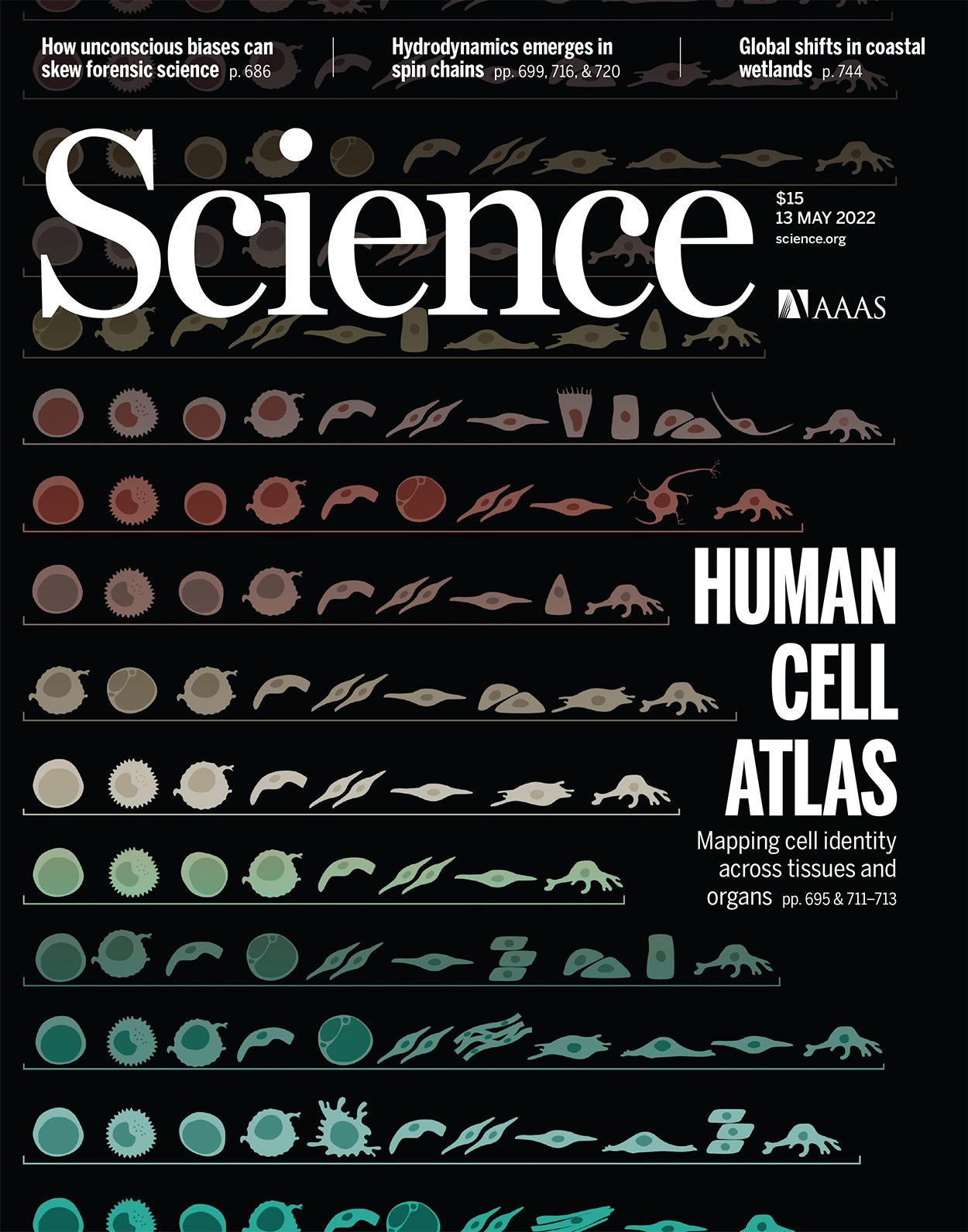
Boron flips the script on cyclohexane
Conformational analysis of disubstituted cyclohexanes played an outsized role in the development of organic chemistry. It is striking in that context that the comparatively less stable isomers remain challenging to access. Li et al. now report a versatile method to prepare 1,2-cis, 1,3- trans, and 1,4-cis-disubstituted cyclohexanes, each of which requires a substituent to adopt the disfavored axial orientation. The method relies on a bulky boron substituent one carbon away from the ring to bias the approach of a nickel catalyst. —JSY
Abstract
Substituted six-membered cyclic hydrocarbons are common constituents of biologically active compounds. Although methods for the synthesis of thermodynamically favored, disubstituted cyclohexanes are well established, a reliable and modular protocol for the synthesis of their stereoisomers is still elusive. Herein, we report a general strategy for the modular synthesis of disubstituted cyclohexanes with excellent kinetic stereocontrol from readily accessible substituted methylenecyclohexanes by the implementation of chain-walking catalysis. Mechanistically, the initial introduction of a sterically demanding boron ester group adjacent to the cyclohexane is key to guiding the stereochemical outcome. The synthetic potential of this methodology has been highlighted in late-stage modification of complex bioactive molecules and in comparison with current cross-coupling techniques.